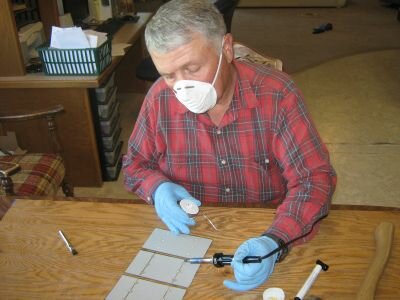
When you were going up, do you remember learning about the sun at school? I can remember every year, we learn about the sun in science classes. Back then, we knew the sun is a ball of burning gasses and it lights up the earth. Now that we are all grown up, we understand that the sun is capable of much more than lighting up the sky.
A good example is the sun natural ability to generate electricity for a homemade solar power system. Nowadays, most houses are powered using gas or fossil fuel. Should you consider going green and start using renewable energy such as solar? Here are 3 good reasons why you should do so.
1) It can be reasonably low cost. Most people wanting to use solar power at home will start by using readymade solar system or solar components. While this approach is quick and easy, it can be rather expensive.
Engaging a professional solar contractor to setup the system can cost from $20,000 upwards. If you have some technical understanding and if you are good with hand tools, you can actually build the system via a Do It Yourself (DIY) approach.
In fact, there are a lot of guides on the web which will teach you how to build a homemade solar power system at minimal cost.
2) There are many DIY solar guides which you can find on the internet that will teach you how to build the solar powered system. Make sure you find a manual written in simple English without too many technical jargons.
Luckily, some of the guides come with lots of diagrams and step by step instructional videos. All you have to do is follow the instructions making the entire process fast and simple.
3) When you are using a DIY homemade solar power at home, you will begin to see a reduction in your home energy bill. No doubt the reduction may not be a lot, but if you were to multiple it with 10 or 20 years, the money saved can be quite substantial.
A good DIY solar system can last 1 or 2 decades. That is generally the lifespan of the solar components before you need to replace them.
The next time you look at a sunset, admire its beauty because it is simply amazing. The sun gives out large amount of energy every second. If you were to take the time and build a solar system, you can use the energy to power your home electrical appliances.
DIY Home Solar Power System
Want to know how to get started on a homemade solar power system? If you do, begin by downloading a free copy of the 30 Solar and Wind Power For Homes Videos e-book. The e-book will show you videos of how solar power works and the components needed in the system. To download the e-book, click here.
